What is Ethernet?
Ethernet is a communication standard; this was developed in the early in 80’s to network computer and other devices in a local environment such as home or building. This environment is defined as a LAN or Local area network and connecting multiple devices so that they can create store information to others in location.
It is a wire system it started with using coaxial cable and successfully programmed and now its using twisted pair cable.
Who invented twisted pair cable?
The twisted pair cable is invented by Alexander gamble invented in 1981. In 1983 Ethernet standardized into IEEE 802.3 by institute of electrical and electronics engineers. This standard defined the physical layer and MAC ( media access control position ) of the data link layer of wired Ethernet.
These two layers are defined the 1 & 2 layer in the OSI (open system inter connection) model.
The physical layer consists of the following components cabling and devices.
Physical layer Ethernet cabling
The most common cable pair, cables with lead characteristics with speed 1Gbps and cat 6a and its speed is 10 Gbps. The category cat 5 and 5e cables are used in many existing applications behind the lower speed between 10 Gbps to 100 Mbps but its up to desirable noise.
The Ethernet twisted pair utlises RJ45 8 pin connectors at the either end of the cable that pin is for transmitting and receiving data either half duplex or full duplex mode.
Half duplex transmits data in one direction at a time, where full duplex allows the data to be transmitted both directions same time.
Full duplex in Ethernet will be achieved by the two pairs of wires to allow data to travel both direction simultaneously.
Fiber optic cable uses the glass or plastic. Optical fiber as a conduct with light passes to transmit data. It allowed Ethernet to travel further distances at higher speeds. Fiber optic cables use several different types of connections they are use depending on the application need.
Some of the different types are Small Form Plug-gable (SFP) or Small Factor Plug-gable (SFP) and Subscriber connector ( SC) also kn own as Square connector or Standard Connector.
In order to use fiber optic in Ethernet network, it can be used with the twisted pair cabling by adding Ethernet fiber converter. Here Ethernet fiber converter allows network to converge higher speed of fiber optic and increase higher distance to reach Ethernet.
Ethernet devices
Ethernet devices are consisting of computers, printers and any devices which have an internal network interface card (NIC) and external one USB or PCI based switches, en-routers that acts as the direct network that connects multiple computers that even network together cable communication between all the different devices.
Gateway and bridges are used to connect multiple Ethernet network together and allow communication losses. Gateway is connect two dissimilar networks together well bridge connects two similar network together.

Data link layer
The data link layer has two sections they are
- Logical link control (LLC)
- Media Access control (MAC)
Logical link layer
Logical link layer is established the path data in the Ethernet to transmit between devices.
Media access devices
MAC is a hardware its assign address to network interface or NIC to identify specific computer or device to show source and destination of data transmission.
Ethernet transmits data packets in the data link layer by using algorithm called CSMA/CD or carrier sense multiple with collision detection). CSMA/CD is used as standard Ethernet to reduce data collision and increase successful data transmission.
The algorithm checks first traffic on the network; if its not find any send off on the first bit information the algorithm treats as the collision occur. If first data successful then it will send out the other bits still testing for collision. If a collision occurs the algorithm calculates the waiting time and starts the process all over again until the full transmission complete.
When we use an faster Ethernet full duplex modes and it incorporates switches and they utilizing a star topology between switches ports and services. This allows more direct transmission path in few collision compared to bus topology all devices is share same pair.
Advantages of Ethernet
- Reasonable cost
- High speed,
- Easy installation
- Wide acceptance
- Supports network protocols










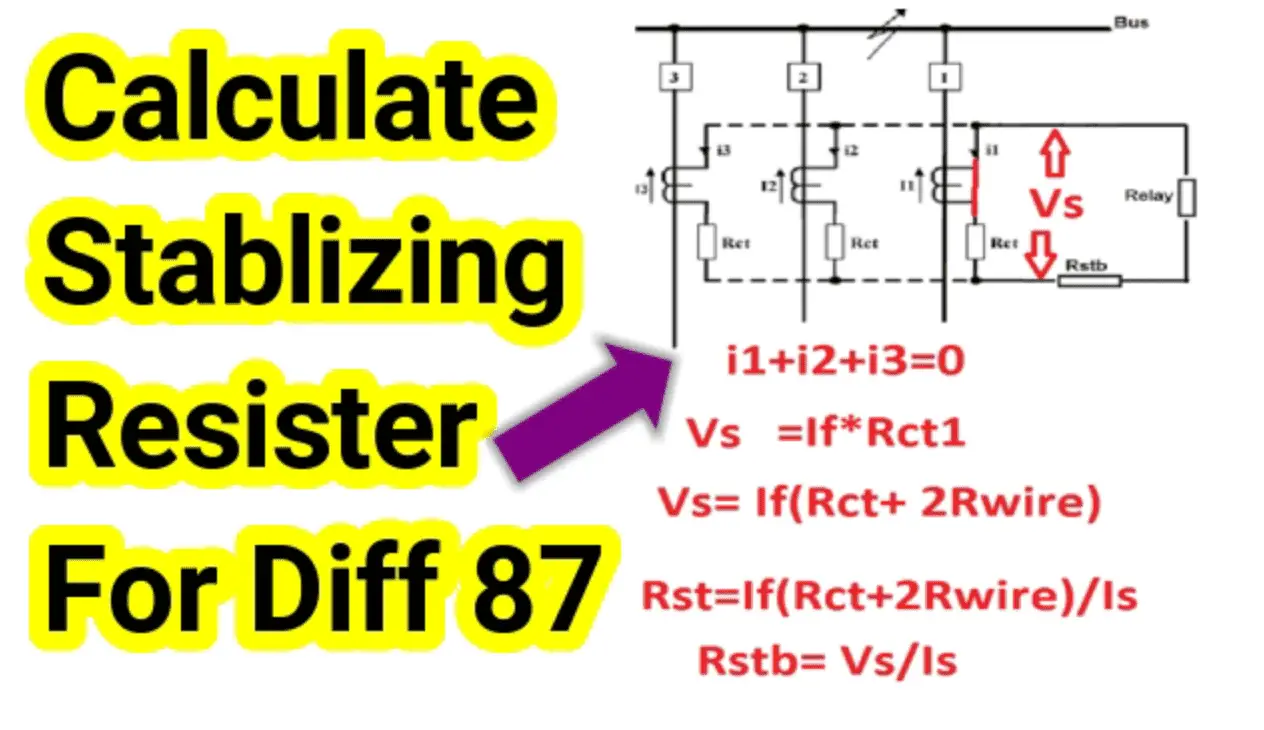
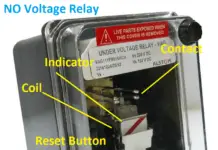
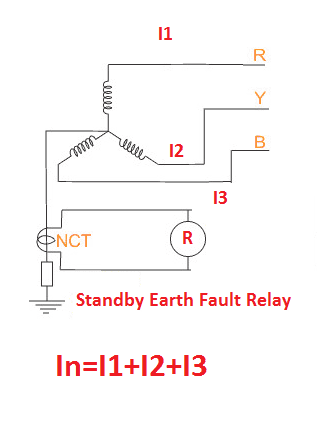
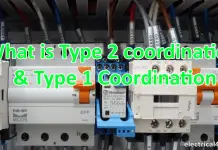



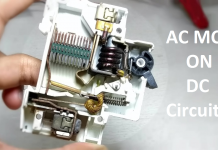
![What is Arc Chute? Types, Working Principle [Video Included] arc chute working priciple](https://electrical4u.net/wp-content/uploads/2020/06/arc-chute-218x150.png)